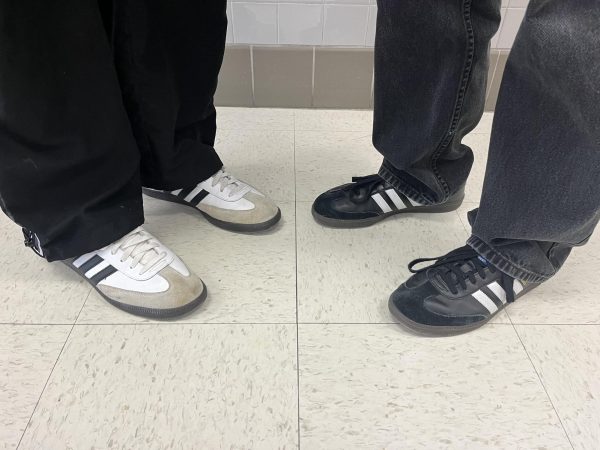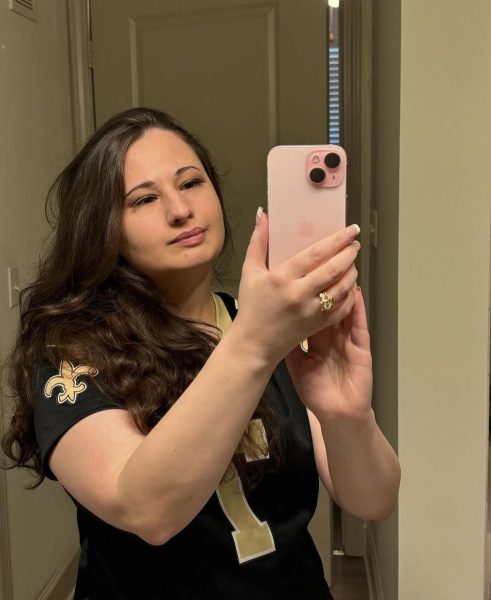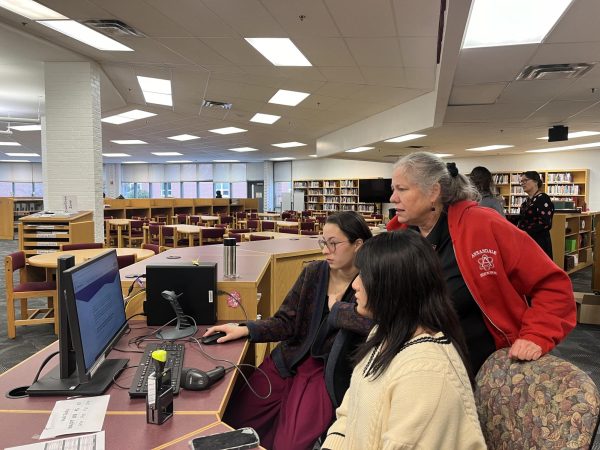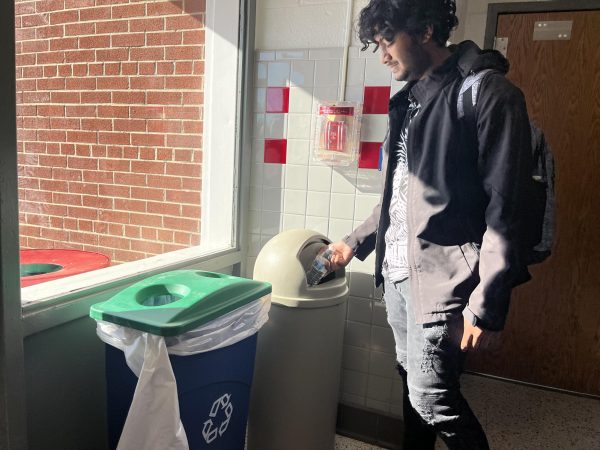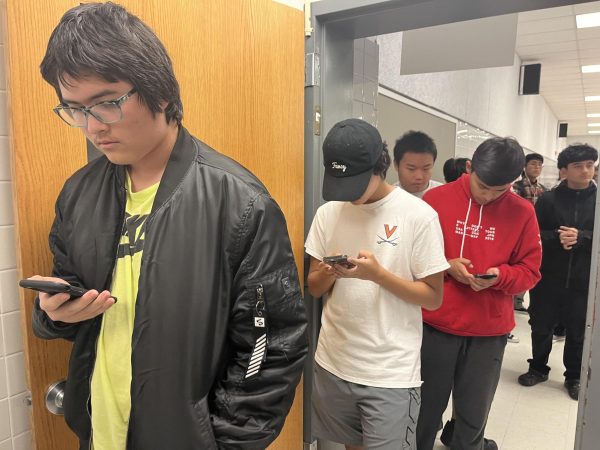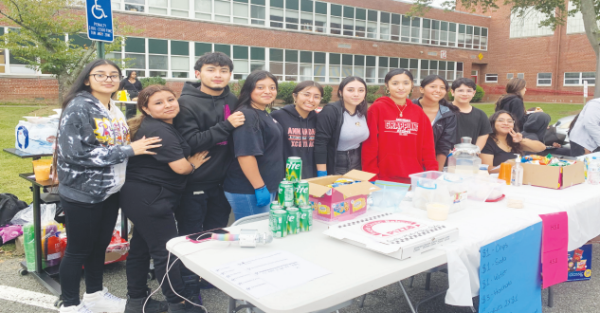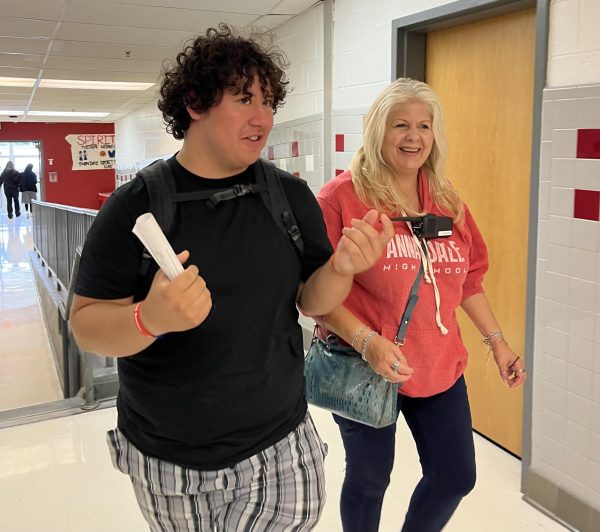Plagiarism made easier
In the age of smartphones and technology, it is easier than ever to pull out your phone and google “Major themes of King Lear” or “Symbols in The Alchemist.”
There are even sites that are dedicated to giving synopses and analyses of most of the books that are assigned in high school. Students often resort to using said sites when they don’t give themselves enough time to do a project or are feeling lazy.
Whatever the reason, using any online, paper or people resources could result in startling consequences such as suspension or even expulsion, and these consequences often hinder students’ ability to get into college.
The consequences have changed since last year, getting more strict after an increase in plagiarism incidents.
“This year there is a new policy under the honor code… students are allowed to make it up the first time, giving them the benefit of the doubt, if they made a mistake, they can redo it, because we want them to master the work,” IB English teacher Stephanie Hanson said.
The consequences get worse as the student plagiarizes more.
“After that point, on a repeat, they still are expected to, and given an opportunity to make up the work because we do want you to be doing your own work, want you to learn that lesson,” Hanson said. “But then it’s up to the teacher’s discretion how much credit to give for that work.”
So what constitutes plagiarism? Plagiarism is defined as “the act of using another person’s words or ideas without giving credit to that person” (merriam–webster.com).
Teachers have several methods of catching plagiarists, including an online tool called SafeAssign that searches through the internet to find documents that resemble students’ work.
SafeAssign, though not always entirely accurate, is good at seeking out the most blatant form of plagiarism, when the student copies another’s work word-for-word.
“I think [plagiarism is] a terrible thing to do, to take work that somebody else did and try to pass it off as your own, and like I’ve said to students, if you do get away with it, you shouldn’t feel good about it, it’s not your work,” Hanson said.
“We’re here to learn, I think it’s better to, if you’re really struggling time-wise, to ask the teacher, tell them your situation, if you had extenuating circumstances outside of school, could you have an extension. Or, ‘I really don’t know how to do this,’ come early and get extra help. We want students learning. If you’re just copying what someone else did, you’re not learning.”
The general regard for students and their mistakes is comforting, but there is another variety of plagiarism that is still misunderstood by many students, one that is sneakier and often more difficult to detect.
It is the theft of not words, but ideas. Most students do not realize that going online, reading an analysis of Night by Elie Wiesel, and agreeing with and adopting one of the ideas from said analysis is under the umbrella of dishonesty that is plagiarism.
Not only is this type of plagiarism misunderstood, it is easily mislabeled. A student could form the same opinion by themselves that has already been thought of and published online, and that would be considered plagiarism by some teachers.
In the words of Mark Twain, “There is no such thing as a new idea.” Every idea is not a breakthrough. People extrapolate on others’ ideas, they make them better or different.
Ideas are exchanged and rearranged every day. Students taking tips from external sources or simply having the same idea as another person shouldn’t be grounds for punishment.
It is more than likely that two or more people may have the same idea. Similar works should not be considered plagiarism unless there is definitive proof.
Also, in terms of classwork or homework, several students have similar work styles and work ethics. If a few students have similar ideas, that should not be immediately labeled as plagiarism until proven.
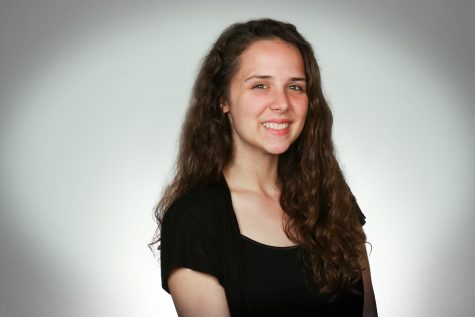
Senior Sadie Modica has been on the A-Blast staff for three years. In addition to her responsibilities as Co-Editor-in-Chief, Sadie is an IB Diploma candidate...




